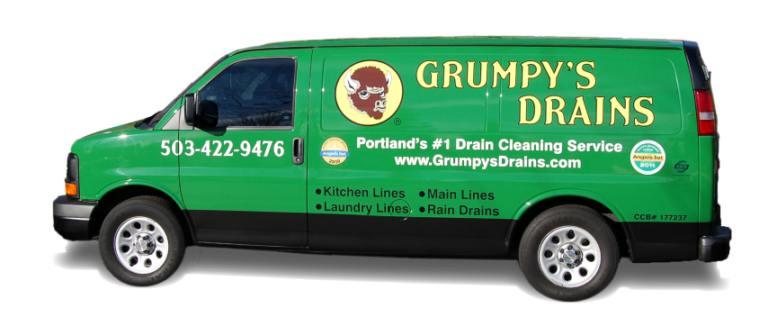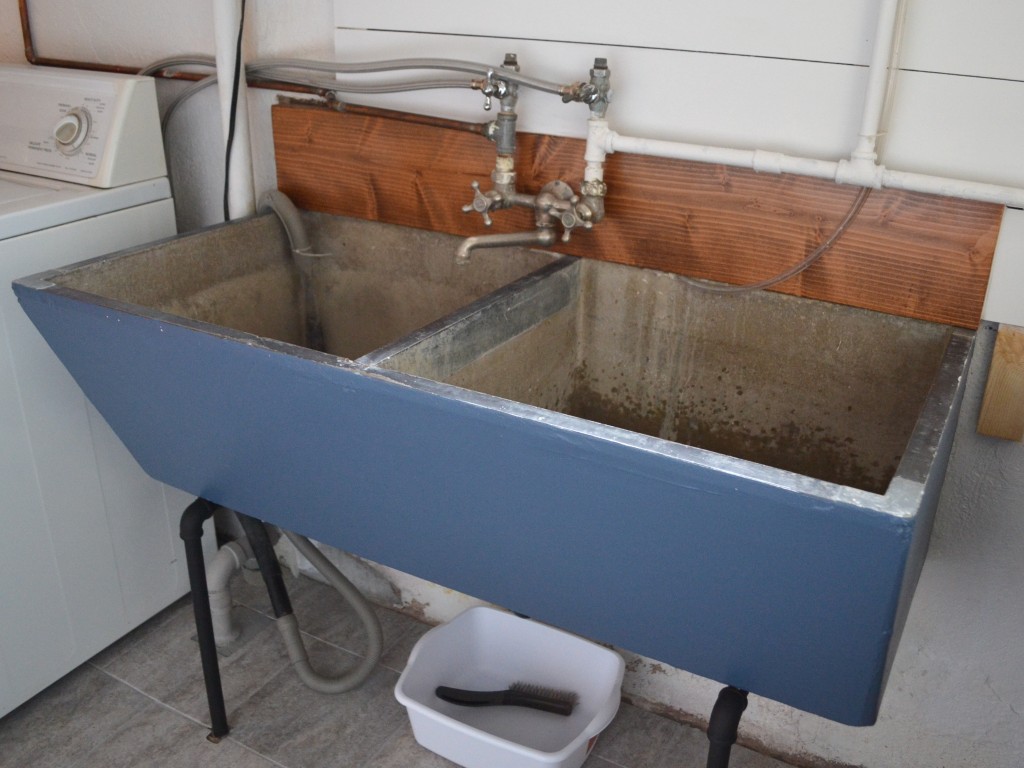Aside from all the lint and dirt that comes directly from the laundry machine and dryer, laundry lines can also collect food waste and grease if they are connected with the kitchen line. Not only that, but they are often difficult to access, and can be quite a hassle to clean out.
How we unclog your laundry line
The laundry machine usually has a hose that sticks out the back where it connects with the main line. Our first attempt is usually to cable it out, because it’s often not a big problem if it’s just lint or hair. After that, we usually try a flow test, where we’ll turn the laundry machine back on and see if it’s working.
If that doesn’t work, then usually hydrojetting is our best bet. Many times we’ll recommend this either way, because it will completely open the pipe, so you don’t have to worry about going through the same process in a short period of time.
Powdered Soap
Although lint and hair are probably the most common causes of a clogged laundry line, we see a lot of clogs caused by powdered soap. Many of them don’t dissolve completely, so you have a really thick soap going down the line. And since about 90% of homes have kitchen and laundry lines connected, a thick sludge can form and catch all the food waste and grease coming down the line.
Prevention
We are more than happy to come clear out your drains, but if you don’t want to see us quite as often, we recommend screens. If you water discharge goes into a sink, we recommend putting a lint sock on the end of the hose and changing it out every 2-3 months. But you shouldn’t do that if it goes straight into the wall because it will be difficult to change and you will most likely forget about it.[/vc_column_text][/trx_block][/trx_content][/vc_column][/vc_row]






